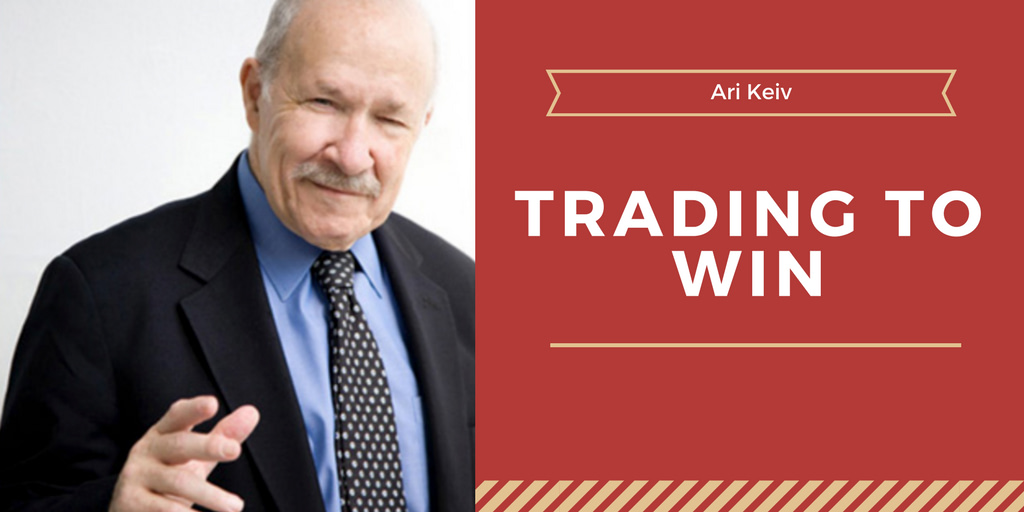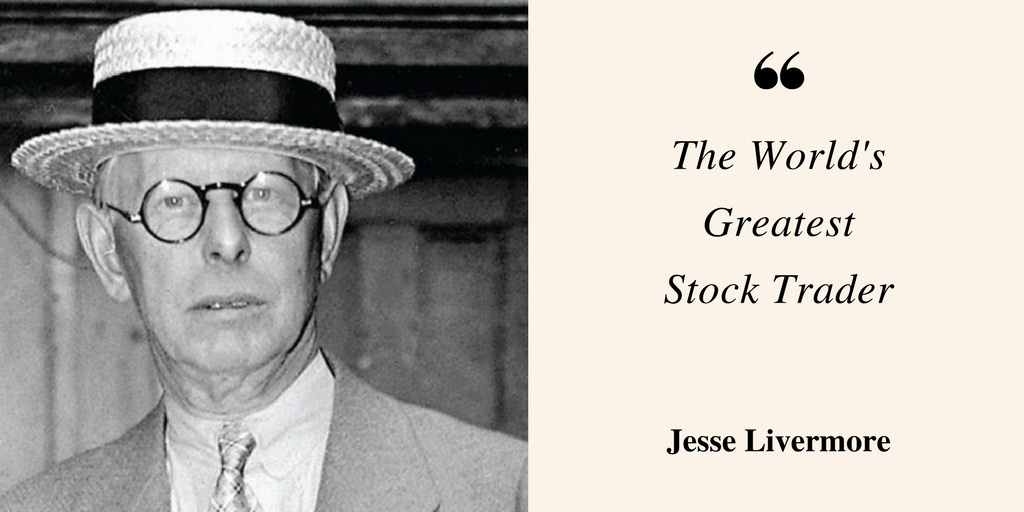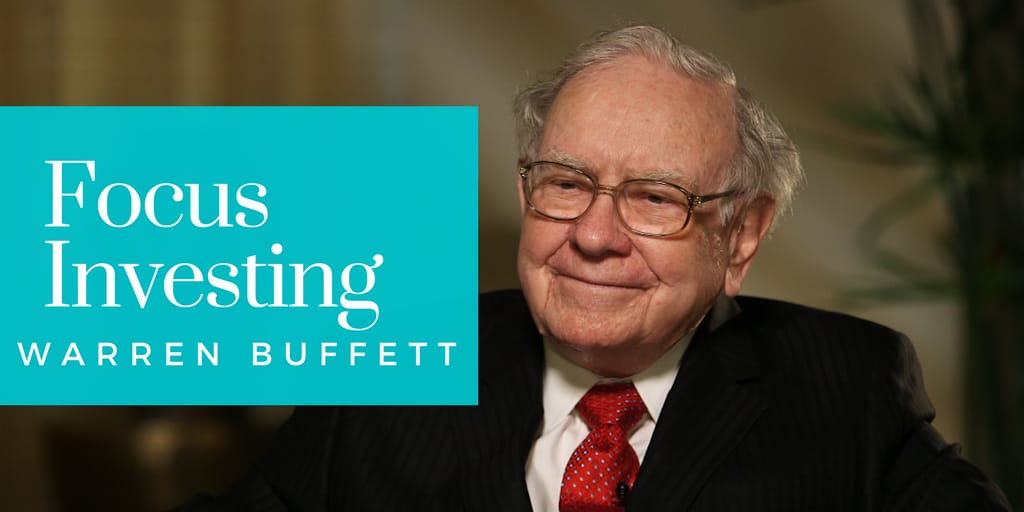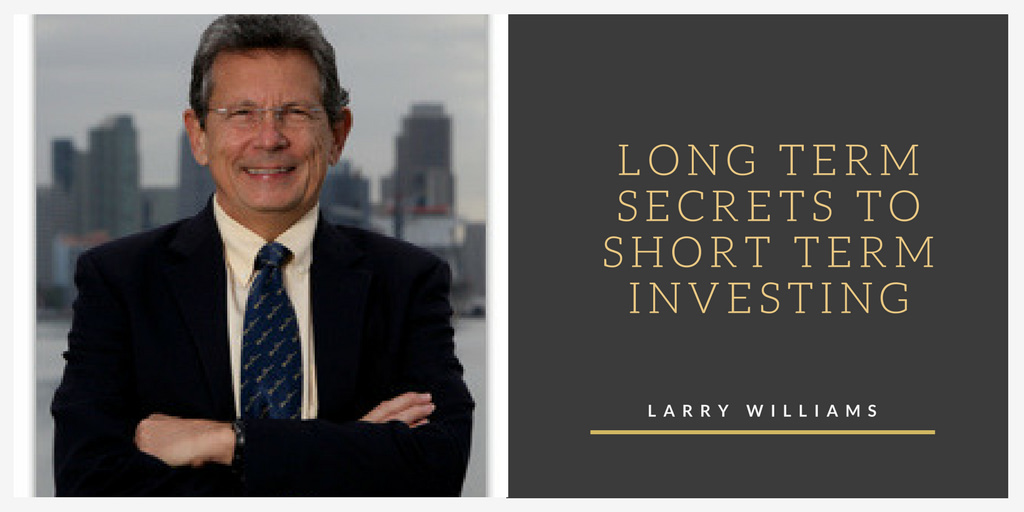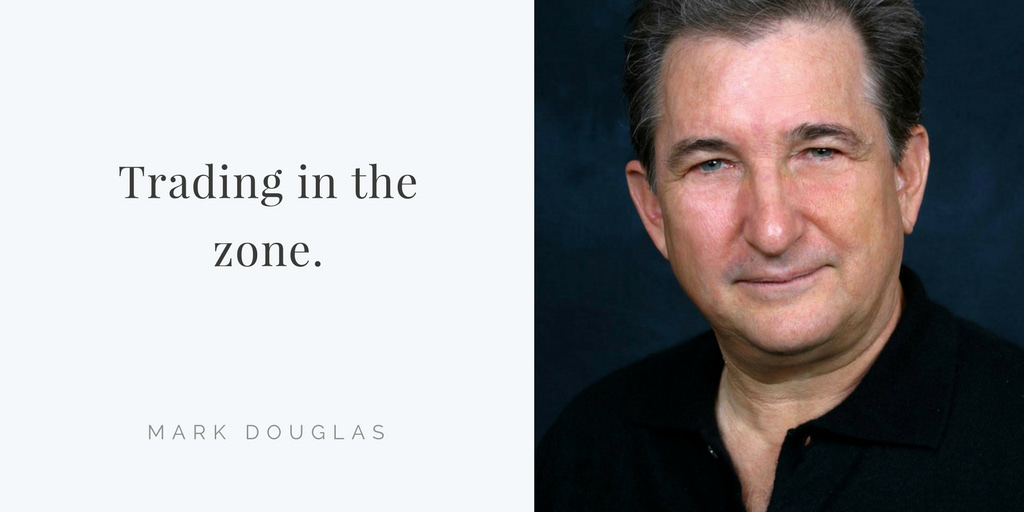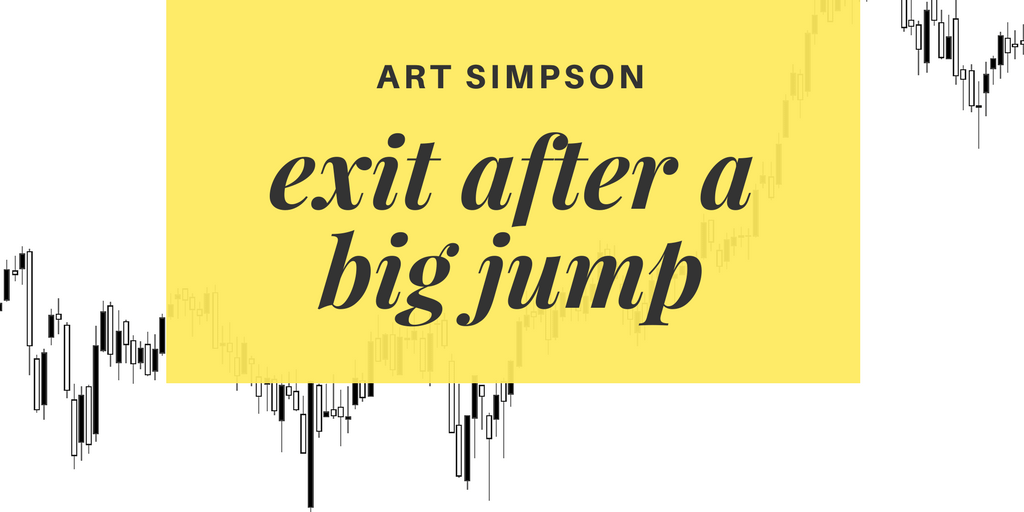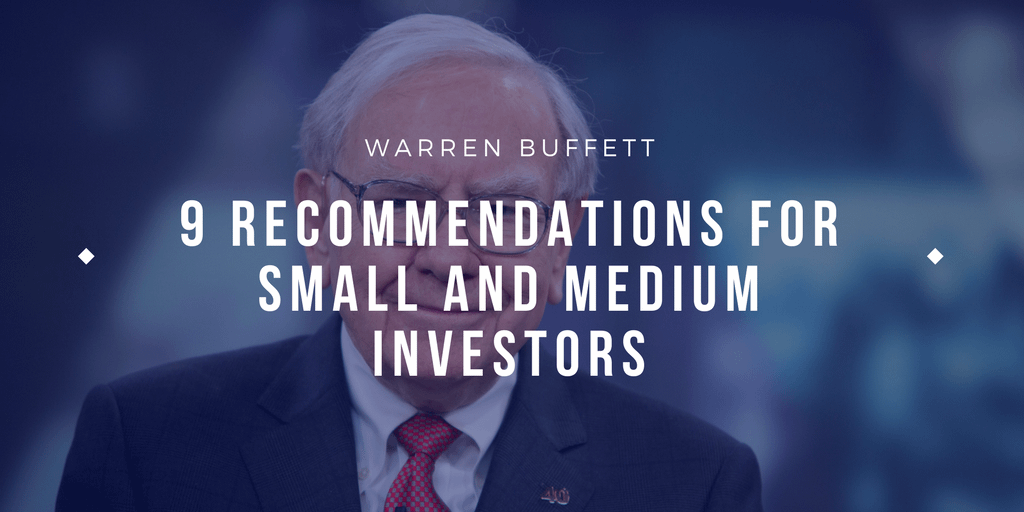12 Most Valuable
Investing Lessons
From My Favourite Books
Investing in the market is the greatest and the most challenging puzzle today...
Everyone is talking about their portfolio...
Compound interest?
Diversifying?
Using computers to trade for you?
Investing can become really complicated really quickly.
But, don't worry.
My job is to keep it simple for you.
I've boiled down the most valuable, most important investing lessons for you.
I want you to know...
Investing may seem difficult at first. But...
There is a solution.
There are successful strategies that can be taught, can be learned, and can be mastered.
If I can do it, you can do it.
With a bit of effort, with a bit of luck, you will also become a successful investor.
How?
Read on.
Give me a share or a tweet if you like any one of the lessons!
#1: Be Aware of My Emotions
Over the years, I can confidently say that I have placed over 3,000 trades. The most important thing I learned within these 3000 trades is...
Unless I’m in an optimal mental condition, I’m going to make bad decisions.
For example, let’s say I wake up late for the market this morning, placing my first trade before being fully awake has the highest potential of being a loser.
Also, if I’m angry, moody or depress that day, the likelihood of placing a bad trade is extremely high.
This is why I need to be aware of my emotional state at all times.
Unless I'm in an optimal mental condition, I'm going to make bad investments. #investing #stocks
#2: Don’t let stock trading rule your life
After reading the world's greatest trader (Jesse Livermore) biography for 3 times, there’s one thing I know for sure. I want to make money like he does but I don’t want to end up like him.
The story of Jesse Livermore is a tragedy. He isolated himself and was consumed by stock trading. In the end, he ended up with an “evil wife”, a broken family, and Jesse Livermore suicide in a hotel.
Money is only a means to an end. I rather be Warren Buffett where I am “Tap Dancing to Work”.
I want to make money like Jesse Livermore but I don't want to end up like him. #investing #stocks
#3: Focus, not diverse
In many ways, investing is counter-intuitive to what we do on a daily basis.
Hard work doesn’t mean you make more money. Spending more hours doesn’t mean you make more money. You don’t need to trade 100 stocks a year to make an above the market return.
If you only invest in a handful of great stocks during your lifetime (20 or less) and focus on holding onto them, your reward will be tremendous.
Make more money by investing in a handful of great stocks instead of diluting your return. #investing #stocks
#4: Aim for 80% pull back
If you read the full two books of Harmonic Trading by Scott Carney, you will realize trading is very complex. There are many price patterns. Without any warning, each pattern can evolve into another pattern at any given time. This means you need to be on your toes to find the optimal entry and exit point.
After a lot of testing and real life trading, I found that as long as you enter after price has retraced for 50% or more (ideally 80%), you will be in a fairly good shape.
Also, you want to enter when price started to head upwards instead of heading downwards.
If you buy after a 80% retracement, you will generally be in a fairly good shape. #investing #stocks
#5: Stack up your position for free
When I first started reading Sam’s work, I swear that I have found the Holy Grail.
He teaches the concept of building on a position for free which is very attractive to me. He would enter into a position and wait for price to go in his favour. Once price is in his favour, he would move his stop loss to breakeven. This allows him to leverage immensely without incurring high cost.
To date, I incorporate his concept into my long term investment strategy but I don’t stack as aggressive as him.
Build and leverage your investment position immensely without incurring high cost . #investing #stocks
#6: Using data to prove and test your ideas
One of the most impressive findings from Larry is the method in which he approaches trading. He uses statistical data to filter out various conditions.
For example, which day out of the week is the best day to buy? If it is Wednesday, then he would only trade on Wednesday. Another example, which type of candle stick usually lead to subsequent surge in prices? If it is a Pin Bar, then he would only enter after a Pin Bar has appeared. (If you are not sure what a Pin Bar is, google “Japanese Candlestick Pin Bar”)
From my testing, a lot of the conditions do not hold true and is not consistent across various stocks. However, using his approach, I was able to quickly eliminate the ideas that don’t work and move onto the next idea.
Use data to guide your investing decision. Weed out assumptions that are not true. #investing #stocks
#7: Buy significantly below market value
Compare with technical analysis which is the most popular type of analysis, Margin of Safety emphasizes on calculating the fair value of the company and ensure the stock price is lower than the investor’s calculated fair market value.
This is the book where I learn if I want to invest in companies that are near bankruptcy. Cash is king.
When you are investing in companies near bankruptcy, cash is king. #investing #stocks
#8: Trading is a sport. Treat it like a sport.
In the book “Trading in the Zone”, Mark’s focus is to achieving top performance, following his own plan and visualizing success.
This doesn’t mean I visualize on daily basis as I have already built the ideal trading situation into my mind through repetition.
But trading in the zone definitely put a lot of emphasis being focused which is critical to investing.
Achieve investment success by following your plan and visualizing success. #investing #stocks
#9: Imperfection of technical analysis
This is not a trading book.
But it has taught me how to manipulate data in Excel which is extremely useful when I’m trying to analyze price data. This comes in handy when I’m trying to test various entries and exit conditions.
It is important to know what works and what doesn’t. From the results of my test, I realize that there’s a limitation on how much technical analysis can predict the future. This is when my investing career takes a big jump.
The most important thing about investing is to know what works and what doesn't. #investing #stocks
#10: You already know what to do.
This book teaches you on mindset. It simplifies the world of trading into a few simple steps. This is definitely a confidence booster where Edward emphasis that you already know what to do and you simply have to follow your heart.
Investing is simple. It's about simplifying complexity into a few simple steps. #investing #stocks
#11: Exit after a jump
While Art Simpson covered a lot of important trading concepts, one of the most interesting concept is to exit after the 2nd day of a large jump in stock price.
This enables me to leave an maximum profit because usually the market can’t sustain another jump.
Consider exiting your investment after the 2nd day of large jump in stock price. #investing #stocks
#12: Aim for infinity and beyond
If there’s anything Warren Buffett is well known for, it’s value investing and long term investing. When I’m investing the market, I always start with the premise that I will hold this stock for 5 years. Then I work backwards.
If the stock reach my price in 5 years, great!
If not, I have given myself sufficient room for error.
If you want to invest successfully, lengthen your time horizon. #investing #stocks
Books that Make You Smarter.
Ready to Take It To The Next Level?
© 2017 Eric Seto. All rights Reserved
